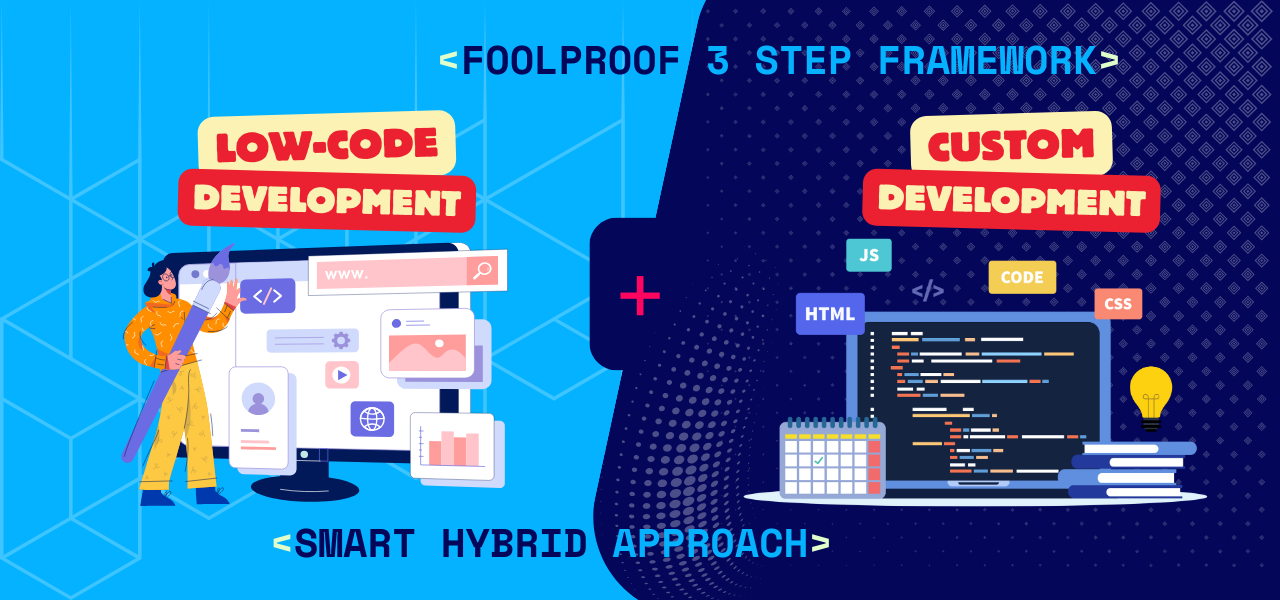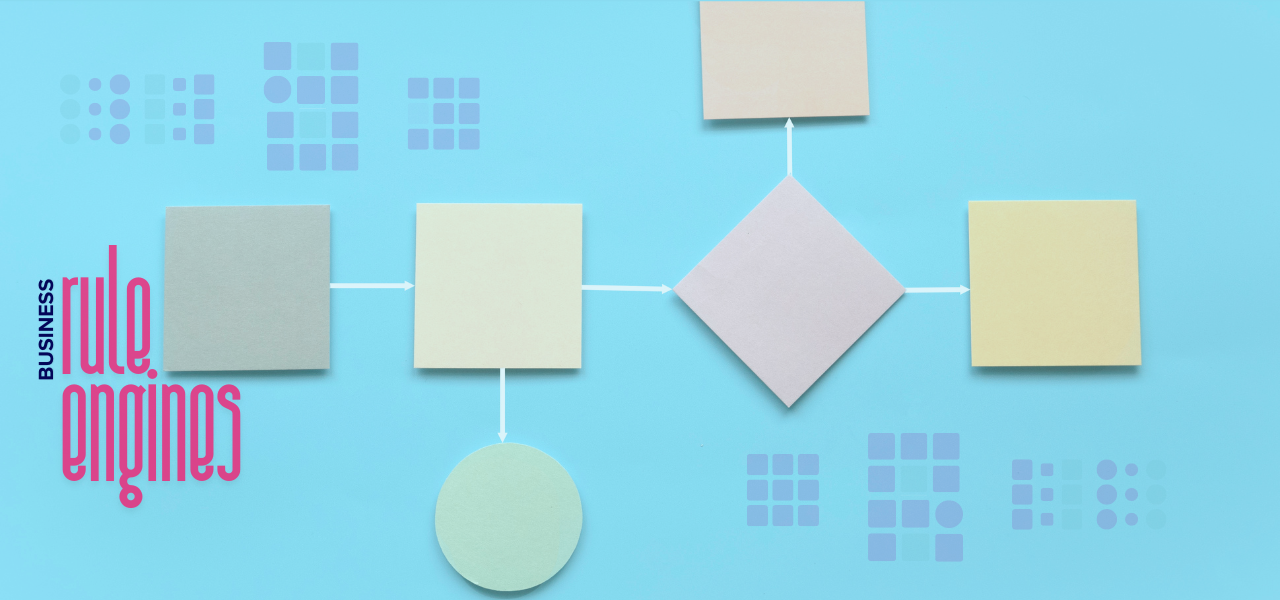12 indicators that your App is in need of Modernization

Modernizing legacy applications is not just about transforming technology; it’s about transforming the organization’s capabilities, culture, and competitive positioning in an increasingly digital and interconnected world.
It is essential to foster a culture of continuous improvement, embrace change management practices, and empower teams with the right tools and skills.
Industry reports and surveys provide some insight into the prevalence of legacy systems:
1. Gartner Report (2020): According to Gartner, legacy systems still account for a significant portion of IT spending, with estimates suggesting that organizations allocate up to 80% of their IT budgets to maintaining and supporting legacy systems.
2. Harvard Business Review (2017): A study by Harvard Business Review highlighted that around 90% of IT budgets are spent on maintaining legacy systems, leaving only a small percentage for innovation and modernization.
3. Micro Focus International (2018): A survey by Micro Focus International found that 70% of IT professionals believe legacy systems pose a significant security risk to their organizations.
These reports indicate that while there’s no precise percentage,
a large majority of organizations continue to rely on and allocate substantial resources towards maintaining legacy applications. This dependence underscores the ongoing challenge and importance of modernizing these systems to meet evolving business needs, enhance security, and capitalize on technological advancements.
Identifying signs that an application is legacy and in need of modernization can involve several indicators. Here are some common signs to look out for:
1. Outdated Technology Stack: The application is built using outdated or obsolete technologies that are no longer actively supported or widely used.
2. Poor Performance: The application experiences frequent slowdowns, crashes, or performance issues, especially under moderate to heavy loads.
3. Difficult to Maintain: Developers find it challenging to make changes or add new features due to complex and tightly coupled code.
4. Lack of Documentation: Insufficient or outdated documentation makes it difficult for developers to understand the application’s architecture and functionality.
5. Security Vulnerabilities: The application may have known security vulnerabilities due to outdated libraries, frameworks, or unsupported components.
6. User Interface (UI) Issues: The UI looks outdated or doesn’t provide a modern user experience compared to newer applications in the same domain.
7. Scaling Challenges: Scaling the application to handle increased user traffic or data volume is difficult due to architectural limitations.
8. Integration Problems: It’s hard to integrate the application with newer systems or technologies because of incompatible interfaces or protocols.
9. High Maintenance Costs: The cost of maintaining and supporting the application is disproportionately high compared to its value or benefits.
10. Compliance and Regulation: Non-compliance with current industry standards or regulatory requirements due to outdated features or technology.
11. Limited Mobile Support: If the application does not have a responsive design or lacks mobile-friendly features, it may be considered legacy in the era of mobile computing.
12. Vendor Support Discontinuation: If the application relies on third-party software or services that are no longer supported or updated.
Identifying these signs can help your organizations decide when it’s time to modernize your applications to improve performance, security, maintainability, and user experience.




